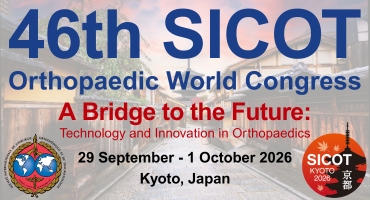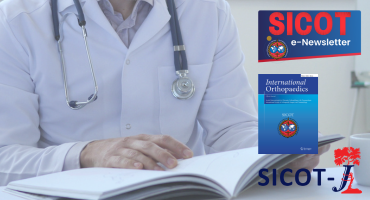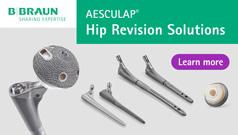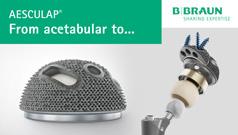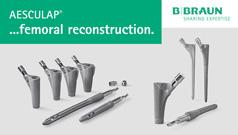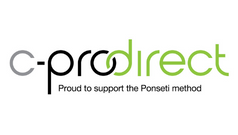Associations between neighborhood-level gun violence and child general health status: An ECHO cohort analysis
Injury. 2025 Sep 8;56(11):112752. doi: 10.1016/j.injury.2025.112752. Online ahead of print.
ABSTRACT
The impact of gun violence on the well-being of children in the United States is a vital public health issue. Gaps remain in characterizing the population health burden, exacerbated by gun violence data limitations and research policy restrictions. This study explores the association between neighborhood-level gun violence and the general health status of children nationwide in the Environmental influences on Child Health Outcomes (ECHO) study. 13,450 children ages 0-17 and parents reported general health status. Gun violence incidents, defined as any death or injury caused by a gun, were extracted from the publicly available Gun Violence Archive by census tract between 2020 and 2023. Census tracts were categorized as low gun violence (< 2 incidents between 2020-2023) and high gun violence (≥ 2 incidents). A generalized estimating equation logistic model with robust variance was used to estimate the association between binary general health status (Good/Fair/Poor vs. Excellent/Very good) and neighborhood-level gun violence events adjusting for individual and census tract-level sociodemographic covariates. 11,329 (84 %) reported Excellent/Very Good general health and 2121 (16 %) reported Good/Fair/Poor general health. The adjusted odds of Excellent/Very Good general health were 20 % lower among children living in census tracts with high gun violence compared to low gun violence (OR 0.804; 95 % CI: 0.721, 0.897). When stratified by age group, the odds of Excellent/Very Good general health among younger children (ages 0 - 7) were 17.3 % lower (OR 0.827; 95 % CI: 0.687, 0.997) and 19.7 % lower among older children (ages 8 - 17) among those living in census tracts with high gun violence compared to those with low gun violence (OR 0.803; 95 % CI: 0.702, 0.919). Among children living in high socioeconomic vulnerability census tracts, the odds of Excellent/Very Good general health were 23 % lower in children living in census tracts with high gun violence compared to those with low gun violence (OR 0.767, 95 % CI 0.669, 0.880). Findings underscore the importance of community violence prevention efforts and the need to strengthen our understanding of community risk factors such as gun violence that hinder optimal child growth and development.
PMID:40945226 | DOI:10.1016/j.injury.2025.112752






